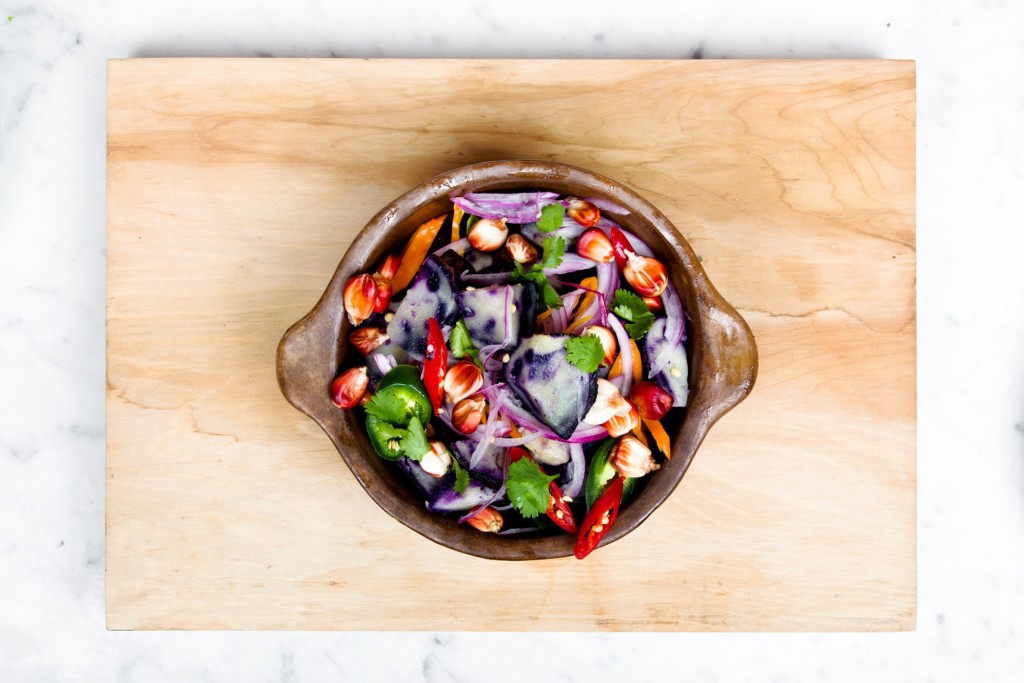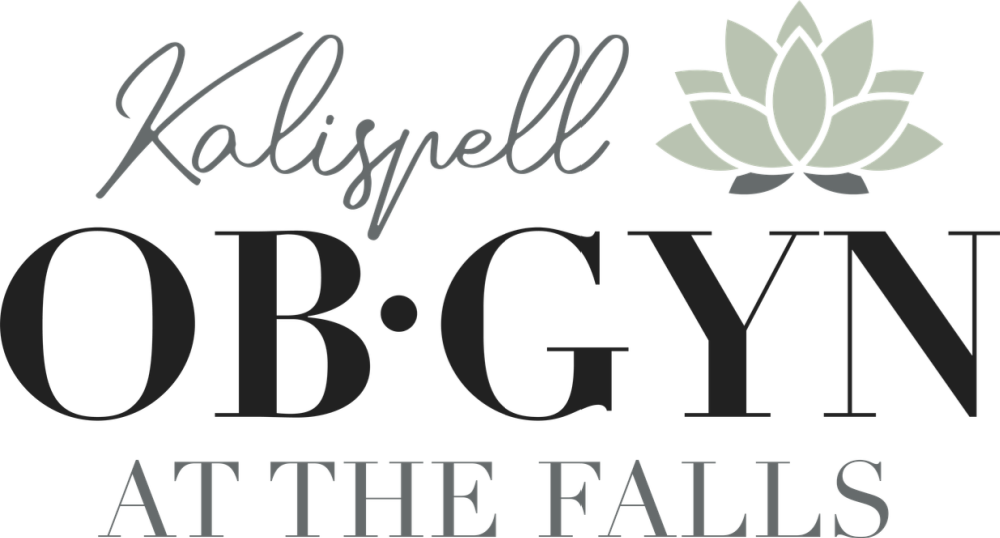Healthy Eating Simplified

Photo By Monstruo Estudio – via Unsplash
Written by Kassandra Patton, WHNP – Kalispell OB/GYN
Q: I know that I am supposed to eat right, but what exactly is a “healthy” diet?
This is a question that I am asked quite frequently during routine annual exams. There are many components that factor into healthy eating habits.
Protein
Protein is essential for our body to function at an optimal level. Proteins that are considered “complete” are those that provide your body with all the basic building blocks necessary for proper function. Some good examples of complete proteins include milk, cheese, eggs and all types of meat including beef, chicken and fish. “Incomplete” protein sources are those lacking in one or more of the building blocks that our body needs, but are still healthy and complete when eaten with other, complementing sources of protein. Incomplete proteins are usually found in vegetable-based sources such as rice, beans, corn or tofu.
The average woman in all age groups older than 14, needs 46 grams of protein per day. It is very easy to get the proper amount of protein in your diet. A 3 oz. portion of meat has a whopping 21 grams of protein which comes out to almost half of your daily needs. A cup of dry beans has 21 grams of protein, while an 8 oz container of yogurt has about 11 grams.
Is it possible to have too much protein? The short answer is-maybe. The vast majority of people can eat more protein than is recommended without harm to the body, however, an increased amount of protein will also mean an increased amount of calories in your diet, which could lead to weight gain. It is also important to choose lean sources of protein to reduce overall saturated fat intake which can, in turn, lead to high cholesterol.
Calcium
Our bones depend on the calcium in our diet to stay strong and healthy. Did you know that 99% of our body’s calcium is stored in our bones and teeth? Our body also needs calcium for proper muscle and heart function. The overall recommended amount of calcium for women aged 18-50 is approximately 1000mg per day and for women over 50 it is 1200mg. Girls aged 9-18 need 1300mg of calcium as their bodies are busy growing and storing calcium. This is easily obtained through dairy sources, with one 8 oz. glass of milk packing 300mg and one cup of yogurt providing 270mg of calcium. A 1 oz serving of cheddar cheese has 200mg and even one cup of ice cream will treat you to 175mg of calcium.
But what if you cannot consume dairy? Many people are either lactose intolerant or allergic to dairy, and struggle to find food sources. Calcium can be found in many surprising, plant-based sources. Sesame seeds lead the way with an astounding 580mg per ½ cup serving, while almonds give 150mg in the same ½ cup serving. One cup of cooked collard greens has 355mg of calcium while one cup of cooked Kale greens has 200mg. Another good source of calcium is non-dairy milk products, including almond, coconut and soy milk and yogurt. More detailed lists of calcium content in foods can be found online at the National Institutes of Health at ods.od.nih.gov/factsheets/Calcium-HealthProfessional.
Fiber
The proper intake of fiber or roughage in the diet has many benefits to overall health, but its main benefit lies in the digestive system. Not enough fiber in the diet can lead to anything from constipation and hemorrhoids to high cholesterol and blood sugars. Too much fiber and you may end up with bowel problems such as diarrhea or gas. So how much is enough? The current recommended amount is 25 grams of fiber per day, although some people may need a bit more. One excellent source of fiber is Bran. ½ cup of corn bran will give you 30gm, which is 120% of your recommended daily intake. Wheat bran, rice bran and oat bran are also good sources. Raw vegetables such as cauliflower and broccoli provide 3 grams of fiber in one cooked cup, while one cup of raw cabbage will bring in 4 grams of fiber. Just one cup of winter squash has 10 grams of fiber and one cup of kidney beans will give you 11 grams. Looking for something sweet? Ten raspberries have 1 gram of fiber while one cup of blackberries will give you 8 grams and one orange provides 3 grams of fiber.
The Basics
Eat whole foods- Instead of apple juice, enjoy a whole apple. If it is packaged and ready for you to eat on the shelf, odds are it is loaded with sodium and unnecessary calories. Choose foods that are as fresh as possible.
Say good-bye to bad carbohydrates- Avoid white and processed breads, pastas and rices entirely, while incorporating smaller portions of whole grains onto your plate. When you eat healthy, complex carbohydrates you are taking in more nutrients, feel full longer, and have longer lasting energy. When you consume bad or “simple” carbohydrates, you will walk away from the table wanting to eat more and are consuming mostly empty calories with no real nutrition. Your body does not see much difference between a plain bagel and a plain slice of cake!
Eat breakfast- We can’t say this enough….and a doughnut does not count! Making sure to include protein in your breakfast, whether with eggs, meat, or Greek yogurt, will reduce cravings later in the day and reduce blood sugar crashes that can occur after a large intake of carbohydrates like toast or bagels. Are you too busy for breakfast in the morning? Set your clock ahead 30 minutes or try a handful of nuts and dried fruit. This will still give you protein and energy while keeping you on track to start the day right!
Kassandra Patton, WHNP is a contributing writer on women’s health issues for 406 Woman Magazine. You can find this article about women’s health in the latest online edition 406 Woman – Woman • Business • Health.
